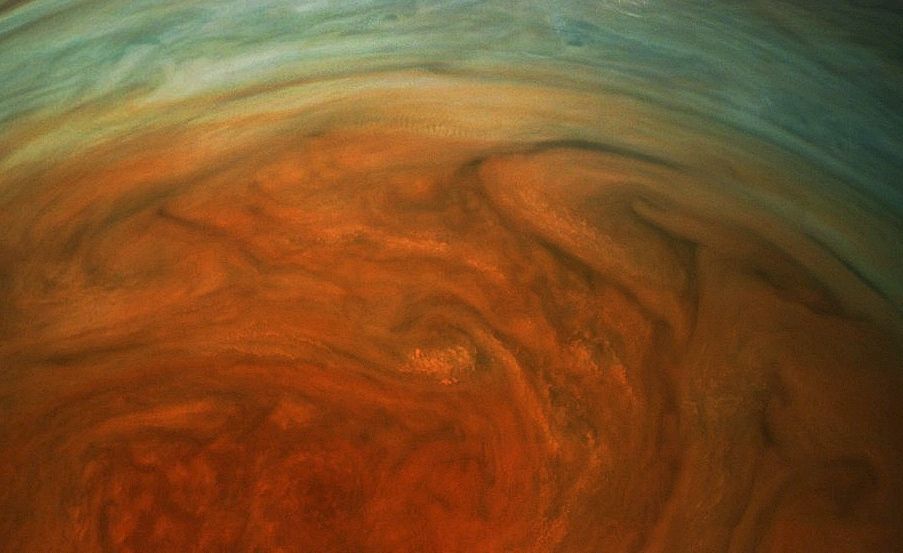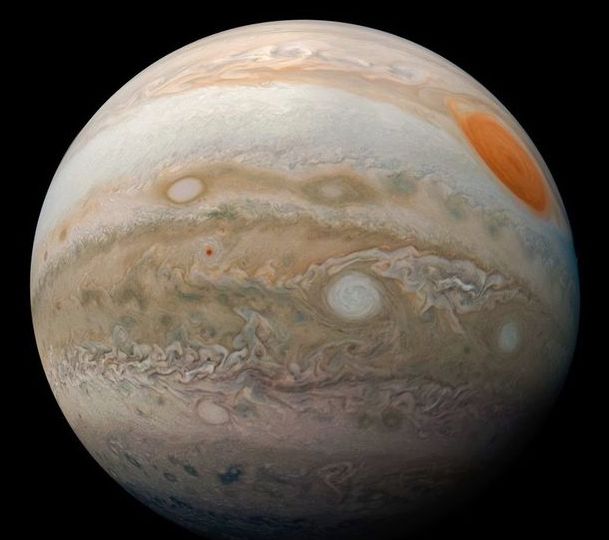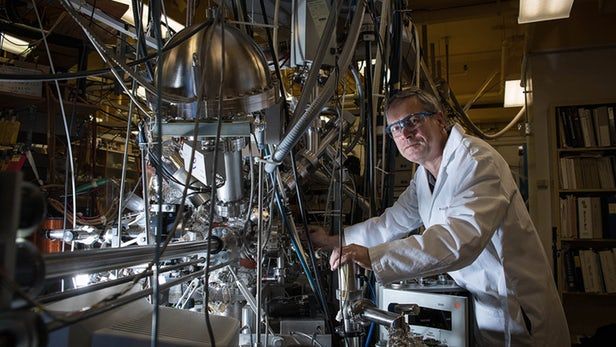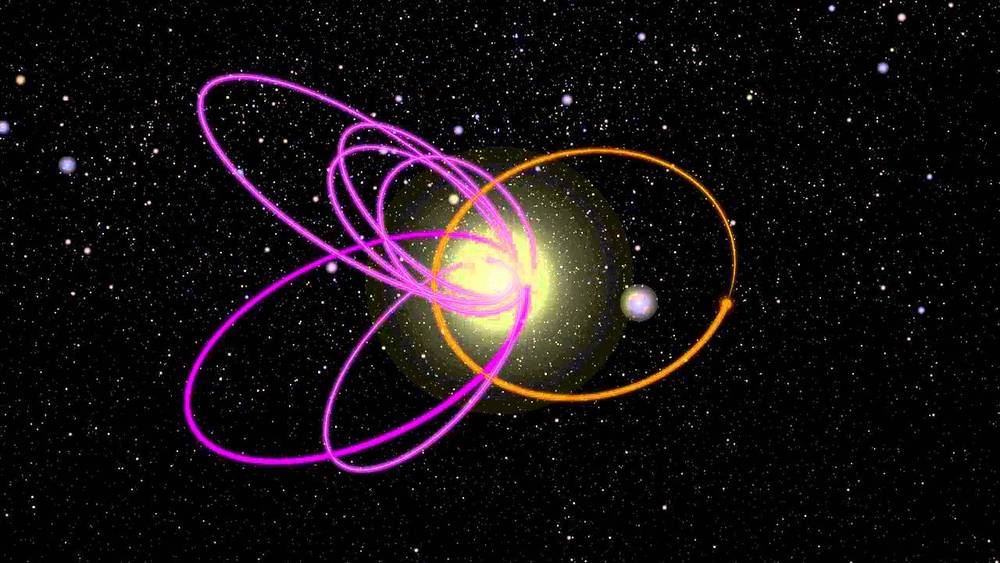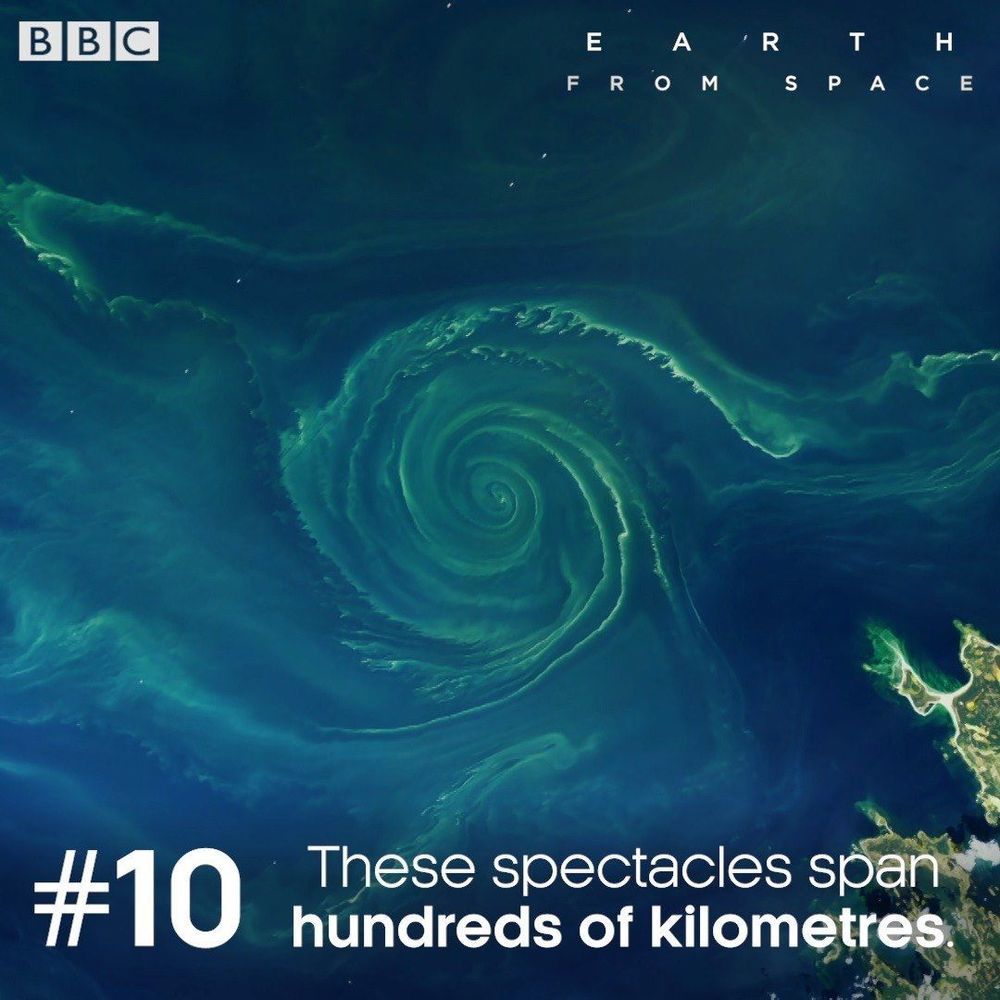Jupiter’s Great Red Spot is one of the most iconic features of any planet in our Solar System. The colossal, swirling storm has dominated Jupiter for years, and it’s one of the things we always expect to see when new images of Jupiter are published. Unfortunately, the spot is dying a slow and agonizing death, and it’s possible that it could be entirely gone within our lifetimes.
The storm is running out of steam, and while astronomers are always striving to learn more about the mechanics of how Jupiter’s massive storms form and sustain themselves, it’s clear that the Great Red Spot’s days are numbered. Now, observations by veteran Jupiter observer Anthony Wesley seem to reveal the storm lashing out as it rotates in Jupiter’s atmosphere.
